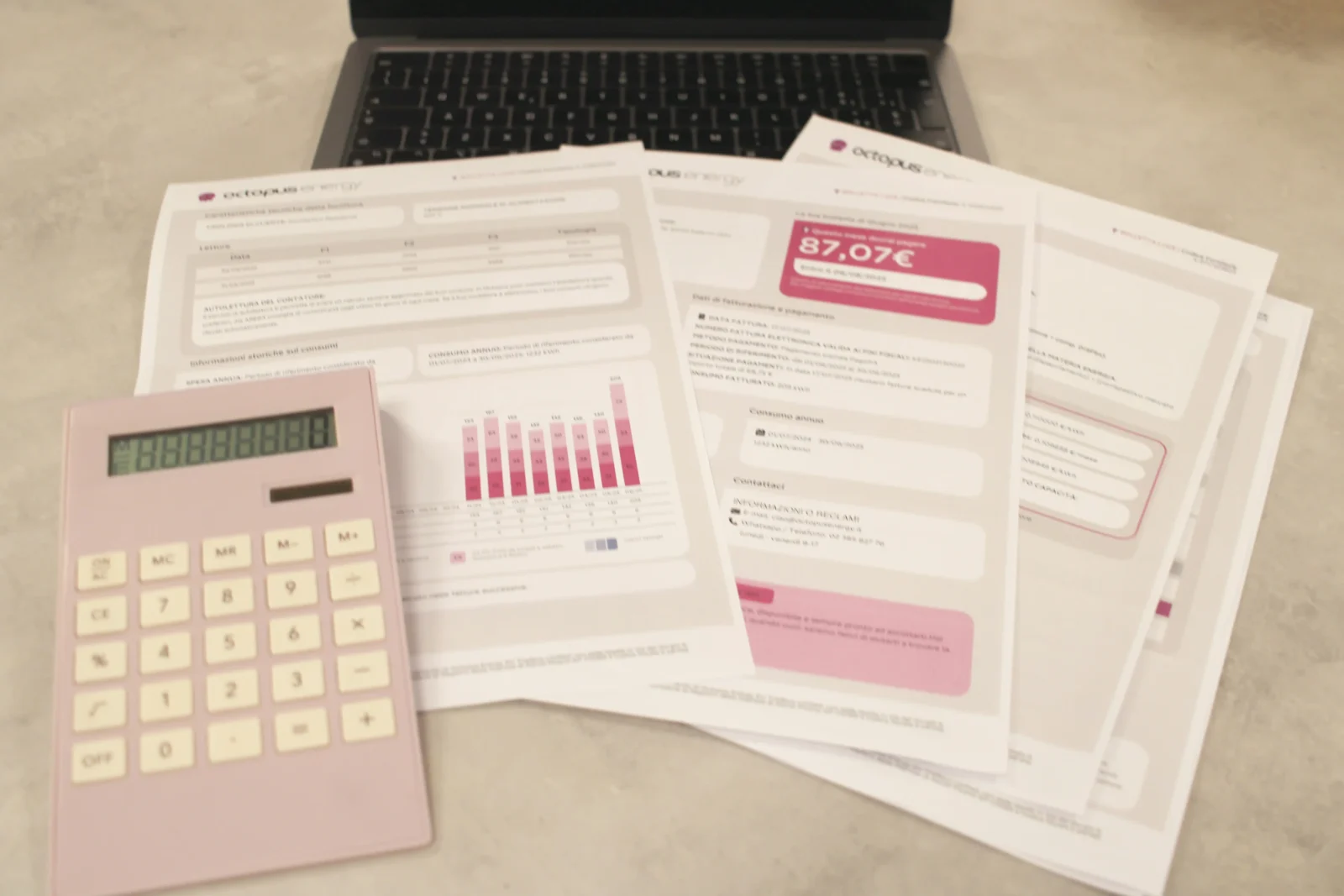- Home
- Articles
- Architectural Portfolio
- Architectral Presentation
- Inspirational Stories
- Architecture News
- Visualization
- BIM Industry
- Facade Design
- Parametric Design
- Career
- Landscape Architecture
- Construction
- Artificial Intelligence
- Sketching
- Design Softwares
- Diagrams
- Writing
- Architectural Tips
- Sustainability
- Courses
- Concept
- Technology
- History & Heritage
- Future of Architecture
- Guides & How-To
- Art & Culture
- Projects
- Interior Design
- Competitions
- Jobs
- Store
- Tools
- More
- Home
- Articles
- Architectural Portfolio
- Architectral Presentation
- Inspirational Stories
- Architecture News
- Visualization
- BIM Industry
- Facade Design
- Parametric Design
- Career
- Landscape Architecture
- Construction
- Artificial Intelligence
- Sketching
- Design Softwares
- Diagrams
- Writing
- Architectural Tips
- Sustainability
- Courses
- Concept
- Technology
- History & Heritage
- Future of Architecture
- Guides & How-To
- Art & Culture
- Projects
- Interior Design
- Competitions
- Jobs
- Store
- Tools
- More
Top Methods to Find Property Lines Using Technical Strategies

If you own a house or are in the estate market, it’s essential to understand your property boundaries. Knowing where your land starts and ends does not give you insight into your rights and obligations. Also helps prevent potential conflicts with neighboring properties.
Fortunately, advancements in technology have made it simpler to accurately find property lines. In this article, we will discuss the techniques for identifying property boundaries using technological approaches.
Table of Contents
Toggle1. GPS Technology
The widespread availability of Global Positioning System (GPS) technology has made it a popular choice for establishing property boundaries. By using a GPS device and precise satellite coordinates, you can rely on measurements and save time without needing physical surveys. It’s worth noting that factors like the curvature of the Earth and signal disruptions may slightly affect GPS accuracy.

2. Geographic Information Systems (GIS)
GIS integrates data with software to produce detailed maps that showcase various aspects of an area, including property lines. You can obtain information about property dimensions and divisions by accessing GIS databases provided by authorities or other mapping agencies,. Moreover, some GIS platforms enable users to input their data for enhanced visualization and reference.
3. Online Mapping Tools
The internet has transformed the way we search for information. That includes identifying property lines. Online mapping tools have become famous for their user design and easy accessibility. Websites like [Website Name] offer maps where users can view satellite images with parcel division lines and boundary markings overlaid on top. While these tools provide information for reference, it’s important to remember that they may not always be completely accurate.
4. Aerial Photography
Aerial photography entails capturing images of an area using aircraft or drones equipped with high-resolution cameras. These images can then be studied to spot markers like fences or hedges between land parcels. Aerial photography gives you context to recognize landmarks, natural features, or survey monuments that can assist in locating property lines precisely.
5. Professional Land Surveyors
For determining property lines, hiring a land surveyor is the recommended choice. Land surveyors are licensed experts who specialize in mapping land boundaries. They use surveying equipment such as stations and laser scanners to measure distances and angles precisely.
6. Deed Research
Property deeds contain details regarding land ownership and boundaries. By investigating property records, from county offices or online databases, you can uncover insights into past land divisions and documented deeds in your vicinity. While this approach may demand time and effort, it proves valuable when used alongside technical methods to ascertain property boundaries.
7. Explore Mobile Applications
With the proliferation of smartphones and mobile applications, various apps have been created specifically for identifying property lines using the device’s GPS capabilities. These apps come with mapping tools that enable positioning within the boundary context. Some apps also offer features such as distance measurement between two points or waypoint recording for navigation.
8. Satellite Imagery
Another effective way to determine property lines is through satellite imagery. Platforms like Google Earth offer high-resolution satellite images that allow you to zoom in and examine your property boundaries. While not providing measurements,, satellite imagery is a visual reference when combined with other mapping resources.

9. Ground Penetrating Radar (GPR)
Ground Penetrating Radar employs waves to detect objects beneath the ground’s surface.
By utilizing ground-penetrating radar (GPR) devices, you can uncover hidden markers, such as metal pipes or concrete monuments, that signify property boundaries. This method proves helpful in properties where physical markers may have deteriorated with time.
10. Collaborate with Neighbors
Collaborating with neighboring property owners can offer insights into determining property lines in certain situations. Engaging in discussions about concerns, sharing information on surveys or relevant documents, and seeking professional guidance if necessary can help establish accurate boundaries between adjacent plots of land.
Conclusion
It is essential for homeowners and individuals involved in real estate transactions to ascertain property lines accurately. Employing methods such as GPS technology, GIS databases, aerial photography, online mapping tools, professional land surveyors’ deed research, mobile applications, satellite imagery, ground penetrating radar (GPR), and cooperation with neighbors presents a range of options for confirming property boundaries.
illustrarch is your daily dose of architecture. Leading community designed for all lovers of illustration and #drawing.
Submit your architectural projects
Follow these steps for submission your project. Submission FormLatest Posts
Evaluating Safety and Care Needs for Aging Parents
Caring for a parent involves balancing respect for independence with real-world safety....
Solutions to Keep Every Room Organized
Clutter sneaks in fast, but a calm home is built one small...
How to Read Construction Drawings: A Practical, Field-Tested Guide
How to read construction drawings: a clear, step-by-step guide to decode sheets,...
10 Best Outsourced Bookkeeping Services UK 2026
Your in-house bookkeeper costs £35,000 a year. Add software licences, training, holiday...












Leave a comment